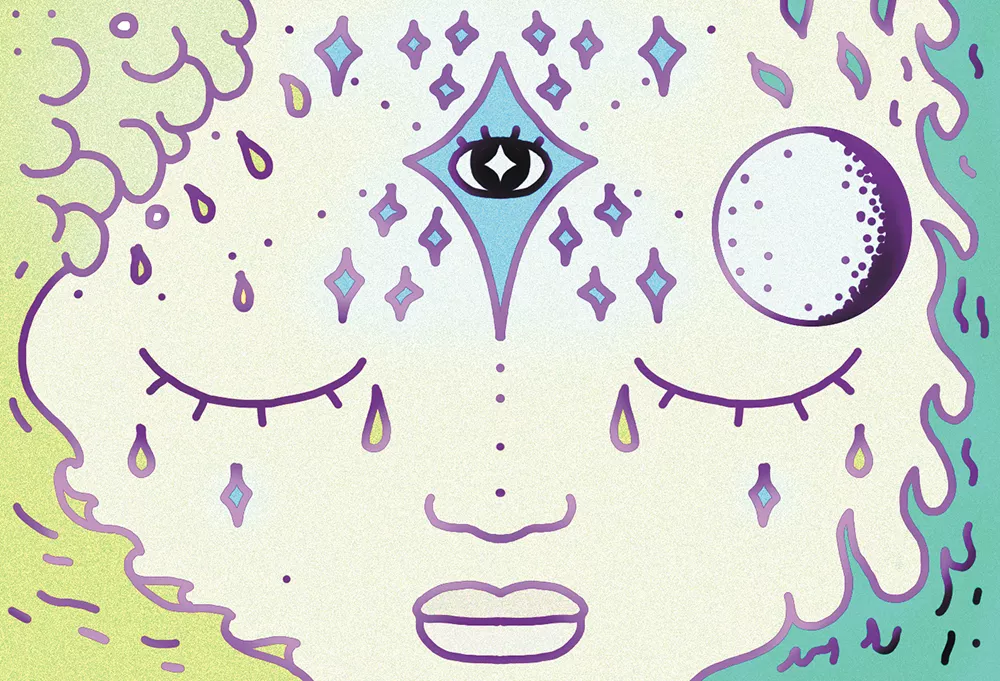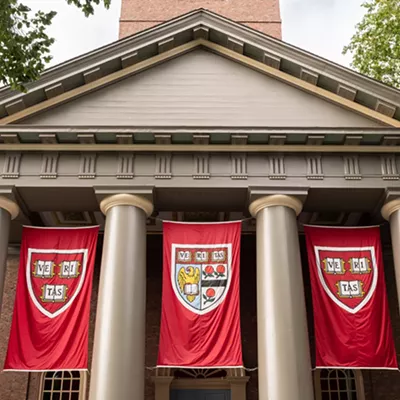Did you know that we have a cosmic address? For example: Home, Spokane, Washington, United States, Earth, the Solar System, Orion Arm, the Milky Way, Local Group, Virgo Cluster, Virgo Super-Cluster, Universe. If you've ever tried to number the stars housed within our very own Milky Way, you'd be counting to around 100 billion. Our galaxy is merely one of thousands in the known universe, which is estimated to hold around 70 thousand million, million, million stars. For you extra nerds in the back, that's way more than grains of sand on the planet.
Perhaps most surprising is that the cumulation of all those twinkly lights high above is only one iota of the masses contained in the water below. Just 10 regular-size drops have more H2O molecules than there are stars in the observable universe. Though incomprehensible, these innumerable elements are steadfast, constantly with(in) us. For even when they end, stars never really die, they simply become something different. Water also abides, flowing beside, in, above and around, turning and returning in one everlasting cycle.
Sometimes the enormity of the infinitesimal confounds. I cannot even bring myself to some mode of comprehension that permits an understanding of the multitudes we possess. But I know that I can stand outside on a cool, crisp autumn eve and stare up in absolute wonder as tears stream down. I know that I can bury my feet, scrunching them into the scratchy-yet-smooth warmth, as grains firmly grab onto my toes. I know that I can gulp the indescribable clear liquid that brings satisfaction on blazing, summer days and general sustenance. Sometimes the minute manages to give the greatest joys.
Did you know that race and gender are social constructs, perceived separations simultaneously fictional and real? Fabricated systems built upon assumptions, which produce tangible impacts. But under this skin and in these bones, our cores are made of elements present and past: water and stardust (iron and carbon) from old implosions. Humans are the most genetically similar species on this planet. Compare us with penguins, having twice our genetic diversity, or fruit flies, having 10 times as much.
Our eyes, capable of discerning external differences, have a tendency to over-focus on them. Visual cortexes can receive 2 billion pieces of information per second, but the mind truly shapes reality. Our brains rely on references — images, knowledge, opinions, memories and emotions — to produce sight. Though internal limitations can distort how we see, external ones also hinder. Bees, for instance, perceive in colors that we cannot. Known (and perhaps unknown) but invisible spectrums exist, ultraviolet and infrared are entirely real though imperceptible without aid. There is so much more than meets the eye.
Sometimes the smallest fractures create massive divides. I cannot even bring myself to some modicum of understanding of how we've so arrogantly attempted to ascribe rigid ideas, minimizing the multitudes we contain. But I know I can choose to slow the frenetic pace, vowing a mantra to always put "people first." I know I can commit to inclusivity, welcoming everyone at the intersection where all our identities meet, being curious about how someone views themselves. I know I can train myself to have better vision, elevating my worldview by taking in information about differences that more-than-superficially matter, suspending any rush to judgment, and honoring the depth that resides within each element and every human story. Sometimes acknowledgement of this vastness brings us back home into a cozier, intimate space... and so if ever you feel lost, out there among all that infinite, simply return here, right to that first line of our cosmic address. ♦
— Inga N. Laurent is a local legal educator and a Fulbright scholar. She is deeply curious about the world and its constructs and delights in uncovering common points of connection that unite our shared but unique human experiences.


















